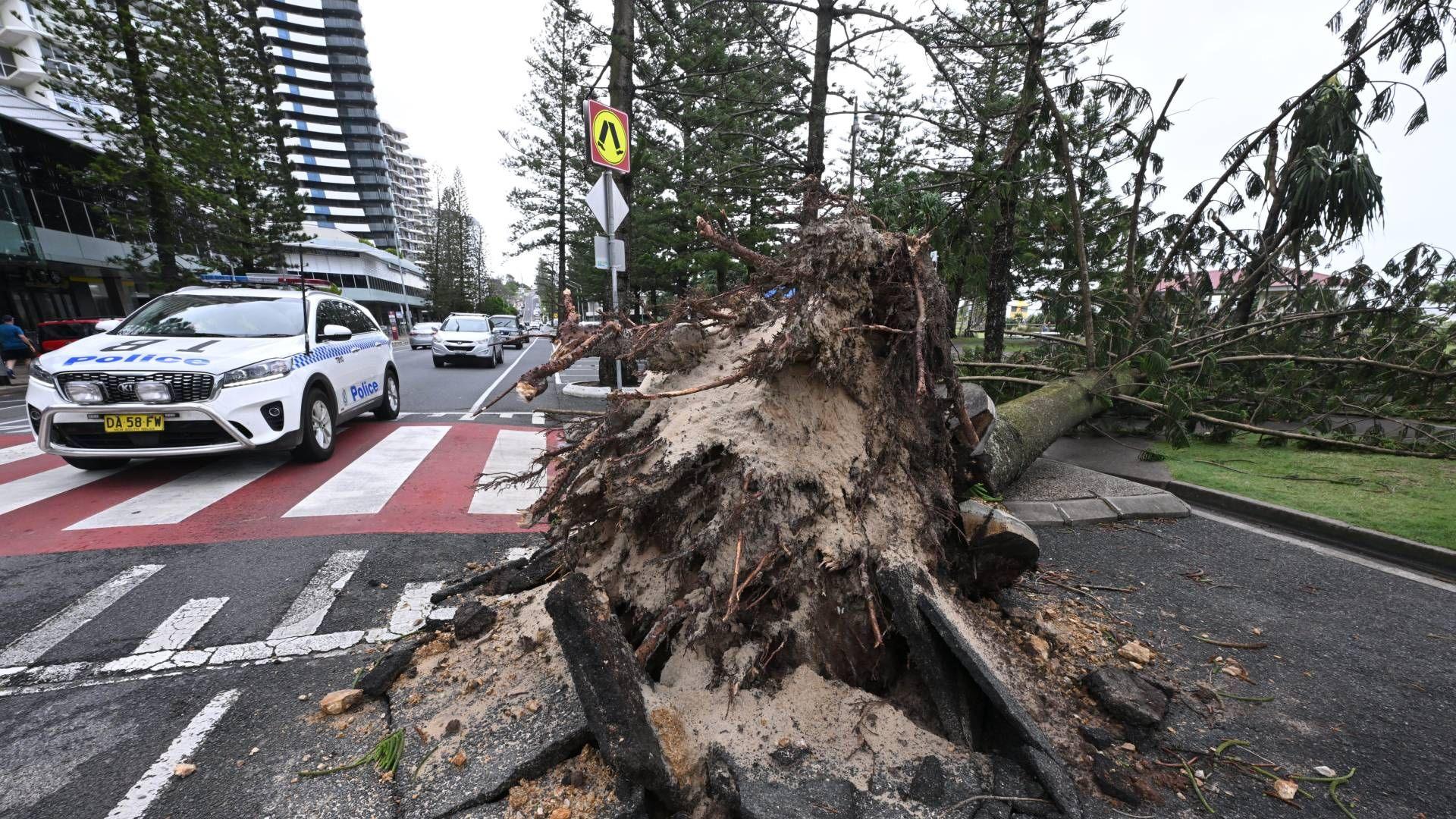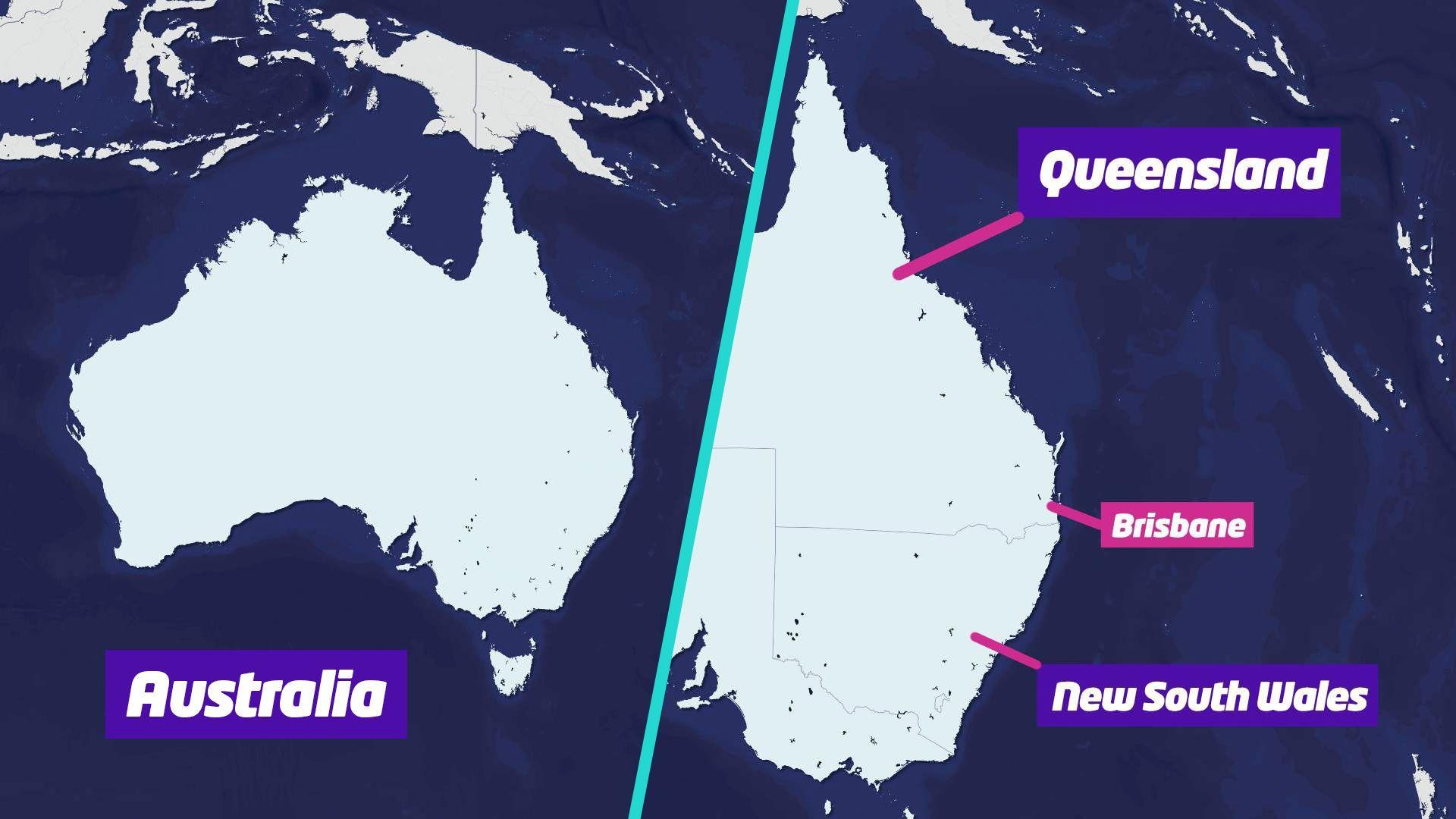Storm Alfred: Former cyclone hits Australia's east coast

- Published
Cyclone Alfred - which has been downgraded from a cyclone to a tropical low - has caused flooding, damage to buildings and left thousands without power across the eastern coast of Australia.
Millions of people across Queensland and north New South Wales have been affected.
Tropical lows usually have lower wind speeds than cyclones but can still bring severe thunderstorms and a lot of rain.
Rare tropical cyclone to hit Australia's east coast
- Published5 March
What are hurricanes, cyclones and typhoons?
- Published31 August 2023
Rescue operation underway in Mayotte after worst cyclone in 90 years
- Published16 December 2024
The authorities have warned people to still take the storm seriously as weather conditions are still extreme along the Gold Coast, south of Brisbane.
"This emergency is not over," said New South Wales state premier Chris Minns, adding that it was "crucially important" the public did not "dismiss" the storm.
"It really doesn't matter to us whether it's been downgraded from a tropical cyclone to a weather event," he said.

Hundreds of thousands of homes in Australia have been left without power after the strong winds bought down power lines.
Trees have been blown over along the main roads and in parks.
Heavy rainfall has also caused flooding in low lying areas and rivers are still rising.
Emergency services have blocked off areas of risk.
Nearly 1,000 schools closed in Queensland on Thursday and Friday, while in New South Wales 250 closed schools are to remain shut on Monday.
Public transport was also stopped and Gold Coast airport was shut because of the high winds.
